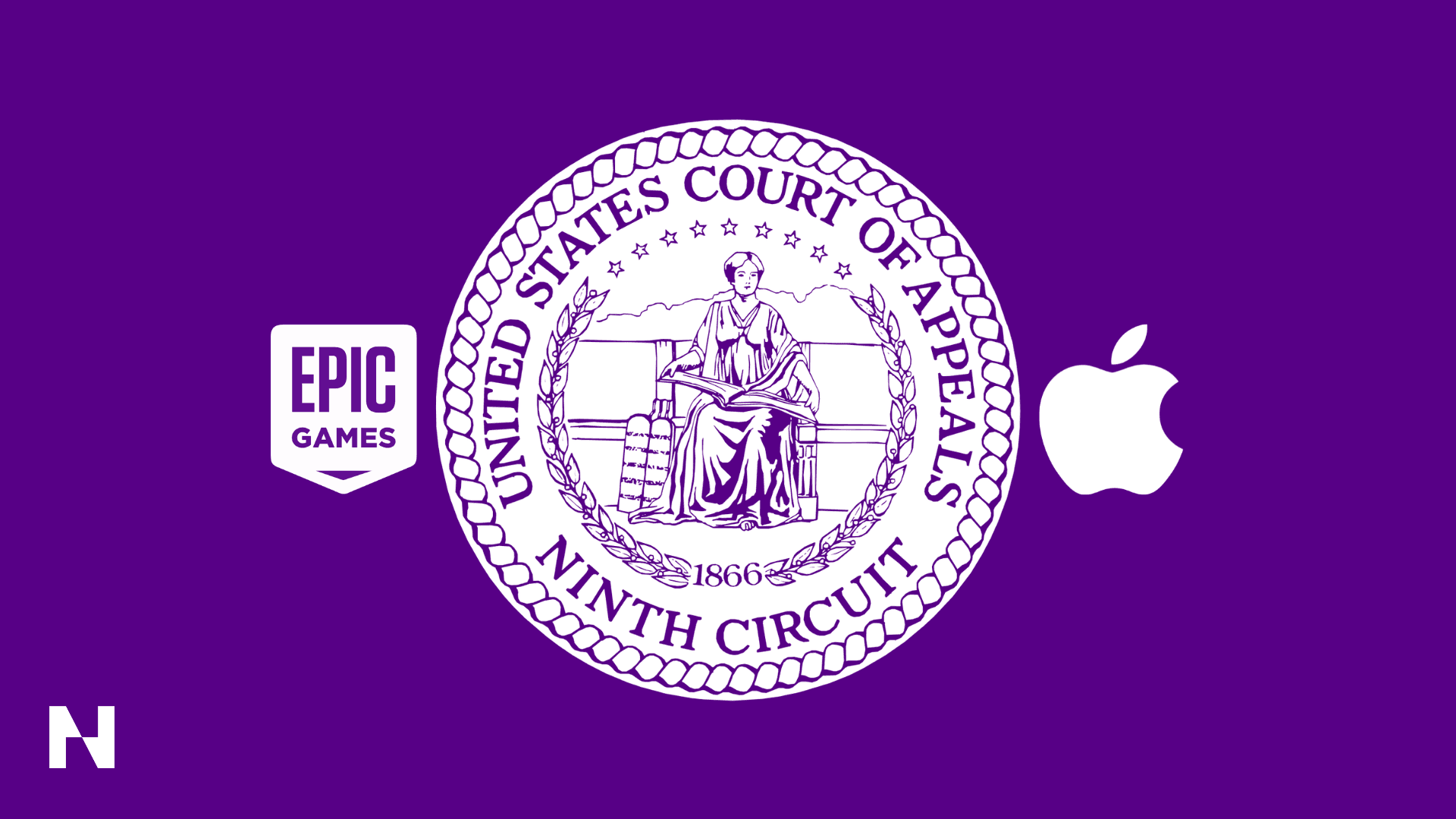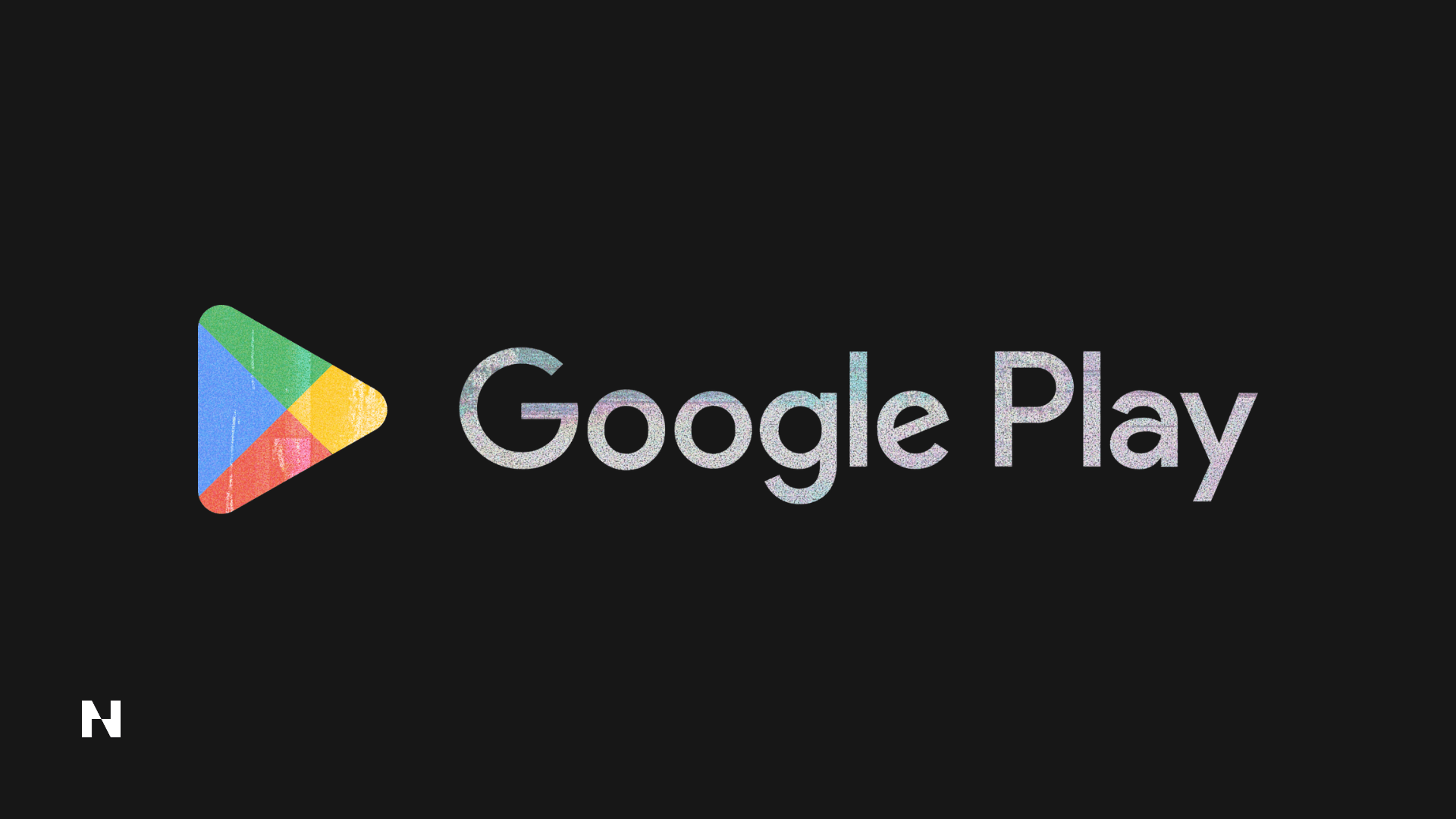Most game studios agree that direct‑to‑consumer webshops are an effective way to cut platform fees and unlock incremental revenue. The challenge is changing behavior: players are used to buying via the in‑app store, so there needs to be a strong incentive to buy from your webshop.
To make sure we addressed that challenge with Neon Loyalty, our team surveyed paying mobile gamers to identify the reward preferences, storefront requirements, and pricing strategies that actually drive more spend and engagement. Below is a summary of what we learned and how you can turn those findings into real margin growth.
Methodology
We surveyed over 400 mobile gamers who:
Play mobile game(s) at least an hour a week AND
Had made an in‑game purchase in the past 12 months.
The sample was:
Balanced by gender
Split evenly between casual and core genres
And covered ages 18‑54.
1. Players expect loyalty from your webshop
A loyalty program that rewards purchases was the second most appealing feature, with 37% of players saying it would make them want to try a webshop. Only discounts or purchase bonuses ranked higher. Players are also drawn to try a webshop by sign-up bonuses and exclusive items.

2. Players want premium perks from loyalty
The survey found that players (especially core genre players) will chase loyalty tiers if they unlock premium discounts or exclusive items/bundles. Maximize trial and purchases by using a point system that unlocks reward tiers with an emphasis on premium discounts and exclusive rewards.

Although points-based “earn‑and‑redeem” loyalty programs are popular, they come with nuanced and complicated regulations in countries like the U.S., Japan, South Korea, and Germany (among other EU markets). It’s best to avoid these issues entirely by using points as progress markers (not as a store of monetary value), and dropping rewards instantly.
3. Players want bundles and new items from a webshop
Players are most interested in buying discounted item bundles from a webshop, with 55% ranking them in their top three. New game items also stood out, followed by ad-removal options and premium currency. Interest in energy packs, season passes, and cosmetics was moderate, while XP boosters were less of a priority.
Be sure to include these types of offers as perks in your loyalty tiers, in addition to offering a robust webshop inventory of bundles, new game items, ad removal subscriptions, and premium game currency.

4. Build trust with key tactics
Overall, 34% of mobile gamers have made a purchase on a webshop. Webshop trial is higher among core gamers, while only 25% of casual gamers have tried buying via a webshop. 52% of total players said they’d likely try a webshop in the future (65% of core players and 41% of casual players).

5. Prioritize loyalty rewards & program features
Our MaxDiff exercise forced players to trade off 24 different perks; the output ranked each item by must‑have value. We collapsed the results into four practical buckets:
Every tier: Baseline perks every member expects and receives from day one.
Premium: High‑value rewards reserved for upper tiers that actively drive extra spend.
Nice-to-have: Optional flourishes that entertain players but aren’t core to monetization.
De‑prioritize: Low‑impact features that add complexity without measurable revenue or engagement gain.
Bucket | What players want | Why it matters | Action for devs |
“Every tier” essentials |
| These perks are table‑stakes. Without them, enrollment intent drops by 42%. | Ship these at launch for all tiers. Automate the cadence (e.g., first of every month) so live ops overhead stays low. |
Revenue‑driving “premium” perks |
| Players will spend to climb tiers only if the reward feels game-changing. Premium perks doubled projected ARPU in our simulations. | Gate these at Silver/Gold. Use currency bundles carefully, cap the value to avoid economic inflation. |
“Nice‑to‑have” add‑ons |
| Fun extras that delight a subset but do not move core monetization metrics. Add sparingly. | Slot into a later roadmap wave or live ops events once essentials are stable. |
De‑prioritize / vanity |
| Provide minimal incremental spend; viewed as noise by casual players. | Leave on the backlog unless you can piggy‑back on an existing badge system with negligible dev cost. |
Based on these learnings, we’d recommend applying these buckets to a four-tier loyalty program such that:
Tier | Core purpose | What to give | How the buckets map |
Tier 1 (Bronze / Entry) | Prove immediate value and drive first purchase | Free monthly item, small member discount, access to flash deals | Every tier only |
Tier 2 (Silver) | Encourage repeat spend and establish habit | All Tier 1 perks + modest exclusive bundles or limited larger‑currency drop | Every tier + intro level of Premium |
Tier 3 (Gold) | Maximize ARPU and differentiate top spenders | Bigger currency drops, exclusive member pricing | Full Premium set + sprinkle of Nice-to-have (e.g., social‑share bonus) |
Tier 4 (Platinum) | Retain whales and create aspirational goal | Highest value bundles, earliest content access, periodic referral bonus contests | Premium on steroids + selective Nice-to-have events |
6. Turn “what players would pay” into tier economics
Our Van Westendorp pricing test asked players what a subscription to their ideal loyalty program would be worth. They landed on a sweet‑spot of $10 per month (comfort zone $7–$13).
Even though we don’t recommend a paid subscription loyalty approach, that dollar figure is still gold: it tells us exactly how much visible value a player expects at each loyalty tier.
Learning | How to use it in a 4‑tier model |
$10 ≈ perceived fair value | Ensure each tier’s monthly bundle meets that value. |
Players think in $10 increments | Add ≈ $10 more visible value each tier. |
Effort must match price | Tie unlock spend to AOV multiples. |
Whales still pay cash for more | Layer an optional VIP Pass: $9.99/mo for an extra $15–$20 value (mega‑bundle, early access). |
7. AOV is crucial when building your loyalty tiers
AOV (Average Order Value) is the average amount a player spends per purchase in your webshop (not across the entire game’s IAP economy). Use the most recent 30–90 days of webshop data; if your store is new, use the AOV from your in-game store.
AOV matters because tier thresholds should feel reachable: a player who typically drops $10 won’t chase a tier that demands $60 in one go, but they will chase one that asks for two $10 purchases.
Applying learnings to a four‑tier ladder example (AOV ≈ $10):
Tier | Reward value target | Unlock spend (AOV ≈ $10) | What to include |
Bronze | ~$4 (welcome) | First $10 purchase | Small booster, 5% discount |
Silver | ~$10 | ~$20 spend | Free monthly item, 10% discount, flash deals |
Gold | ~$20 | ~$40 spend | Larger currency drop, member pricing |
Platinum | ≥ $30 | ≥ $70 spend | Biggest bundles, earliest content, referral contests + optional $9.99 VIP Pass (adds $15–$20 extra value for whales) |
Why this works
Players see a transparent, fair exchange (every new tier “pays back” at least what they perceive it’s worth).
Spend thresholds scale naturally with your webshop’s real price points, so nothing feels out of reach.
You capture the psychological momentum of the $10 reference without charging an entry fee.
Ready to put these learnings to work?
Neon Loyalty is ready to help you drive more spend, bringing the progression perks, tier economics, and compliance safeguards players told us they value most. Curious how it would look with your game?
Book a no-strings-attached consultation with a Neon D2C specialist.
Frequently Asked Questions (FAQs)
What do mobile gamers want most from a game webshop?
Mobile gamers are most interested in discounted bundles, new items, ad-removal options, and premium currency. In Neon’s survey, 55% of players ranked discounted bundles among their top three preferences, with new game items and ad-removal features close behind.
How important is a loyalty program in driving webshop purchases?
Very important. A loyalty program was the second most appealing feature to mobile gamers considering a webshop. 37% said it would make them want to try buying outside the app store. Only direct discounts ranked higher.
What kinds of loyalty rewards matter most to players?
Players value tangible, premium rewards. The most effective loyalty perks include:
Free monthly items
Member discounts (10–15%)
Exclusive bundles
Large currency drops
Flash deals
These perks increase engagement and drive higher Average Revenue Per User (ARPU), especially when gated across progressive tiers.
Should I use a points-based loyalty system?
Use points carefully. While popular, earn-and-redeem systems face regulatory challenges in key markets like the U.S., EU, Japan, and South Korea. Neon recommends using points as progress markers only—not as a currency—and dropping rewards instantly upon reaching a tier.
How many gamers have used a webshop before?
According to Neon’s survey, 34% of mobile gamers have made a webshop purchase. However, 52% say they’re likely to try one in the future. Interest is especially high among core gamers, with 65% expressing openness to buying via a webshop.
What stops players from buying through a webshop?
Top concerns include:
Hidden fees or higher prices (51%)
Sharing personal data with another company (41%)
Creating a new account (35%)
Neon advises developers to address these concerns with transparent pricing, privacy assurances, fast login via game authentication, and simple mobile-first checkout flows.
How should I structure loyalty program tiers?
Use a four-tier model based on AOV (Average Order Value). Neon recommends:
Bronze: Unlock at $10, offers small perks like 5% discount
Silver: Unlock at $20, adds monthly item and flash deals
Gold: Unlock at $40, introduces larger currency drops
Platinum: Unlock at $70, delivers highest value bundles and early content
This structure aligns with player psychology and spending patterns, ensuring tiers feel fair and achievable.
What is the ideal price value of a loyalty program?
Players perceive $10/month as the fair value for a loyalty program, based on Neon’s Van Westendorp pricing test. While Neon doesn’t suggest charging a fee, this benchmark helps structure reward value across loyalty tiers.
Can loyalty programs increase ARPU?
Yes. Neon’s simulations showed that well-designed premium perks—like exclusive member pricing and large currency drops—can double ARPU. Players spend more when they feel they’re unlocking meaningful, exclusive value.
What features should I avoid in a loyalty program?
Avoid features that don’t drive monetization or increase complexity. Examples include:
Referral leaderboards
Cosmetic-only badges
XP bonuses for purchases
These ranked lowest in Neon’s MaxDiff analysis and don’t influence spend behavior.
How can Neon help with webshop loyalty programs?
Neon Loyalty helps game developers launch compliant, data-informed loyalty programs tailored to what players actually value. It includes progression perks, transparent economics, and safeguards for regulatory compliance. For a free consultation, visit neonpay.com.







